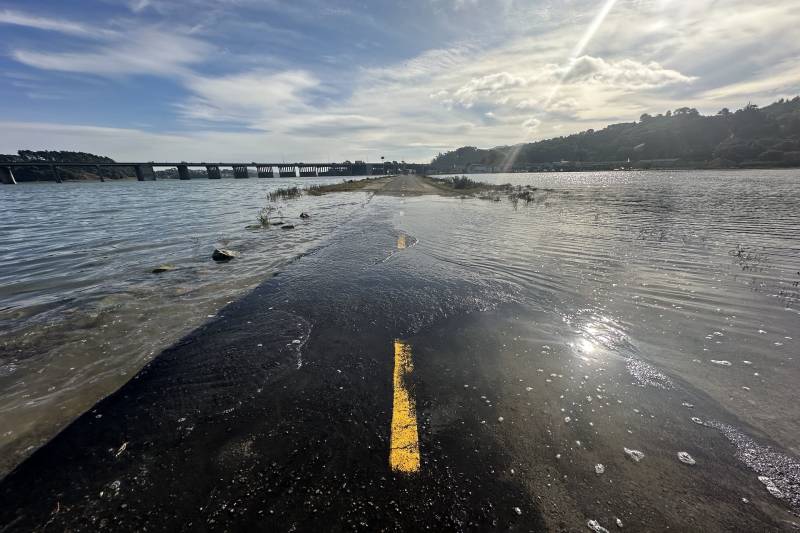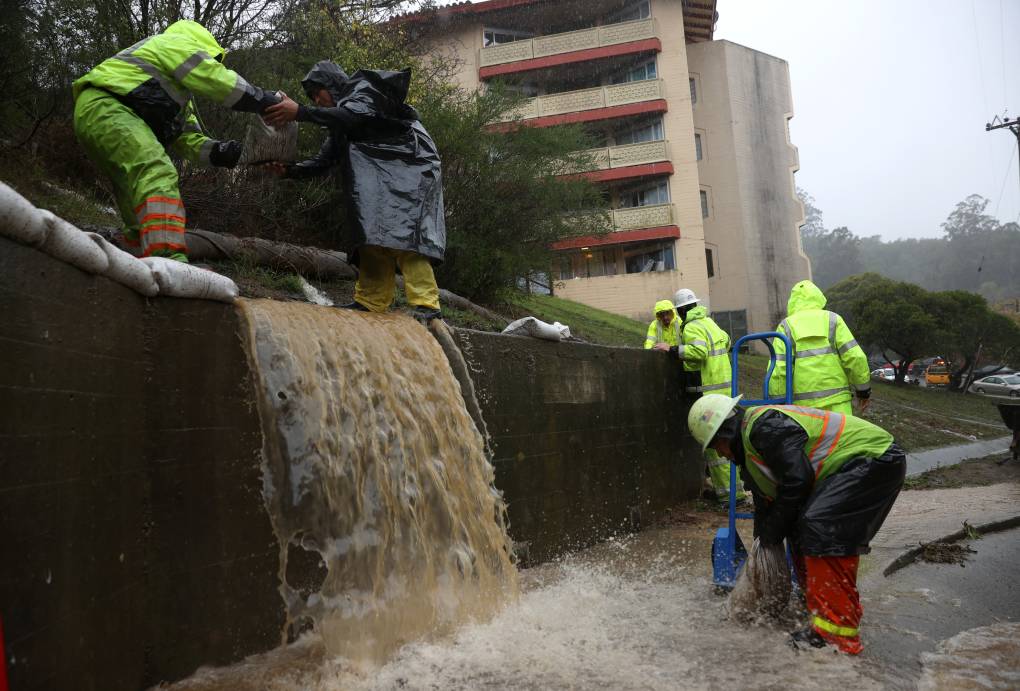The county plans to address equity issues within its review and mandate the consultant to create a governance structure that “lifts up the voices of those that will be most directly impacted by it,” Espiritu Santo said.
Residents in places like Marin City, a bowl of a town sandwiched between steep mountains and Highway 101 and just 5 miles north of the Golden Gate Bridge, are no strangers to flooding issues and have advocated for solutions for decades.
“Marin City has flooded for over 80 years,” said Marin City resident and climate advocate Terrie Harris-Green.
Creating a new department to tackle sea-level rise, however, will be complex, and Gary Griggs, a distinguished professor of sciences at UC Santa Cruz, said putting the onus on one agency to prepare for sea-level rise could be shortsighted.
“I’m a little cautious of a whole new department,” he said, especially when staff in existing programs and departments can work together to plan for sea-level rise.
The real question he asked is, “How can you bring those people together?”

